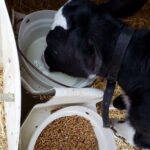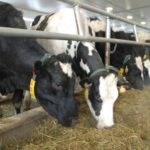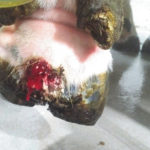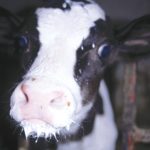Last year, I asked a friend who operates a 400-Simmental x Angus beef cow operation about his No. 1 goal, after all his cows dropped their calves by the end of April. He replied that all his mature and young cows should show a couple of strong heats before they are let out with the […] Read more













